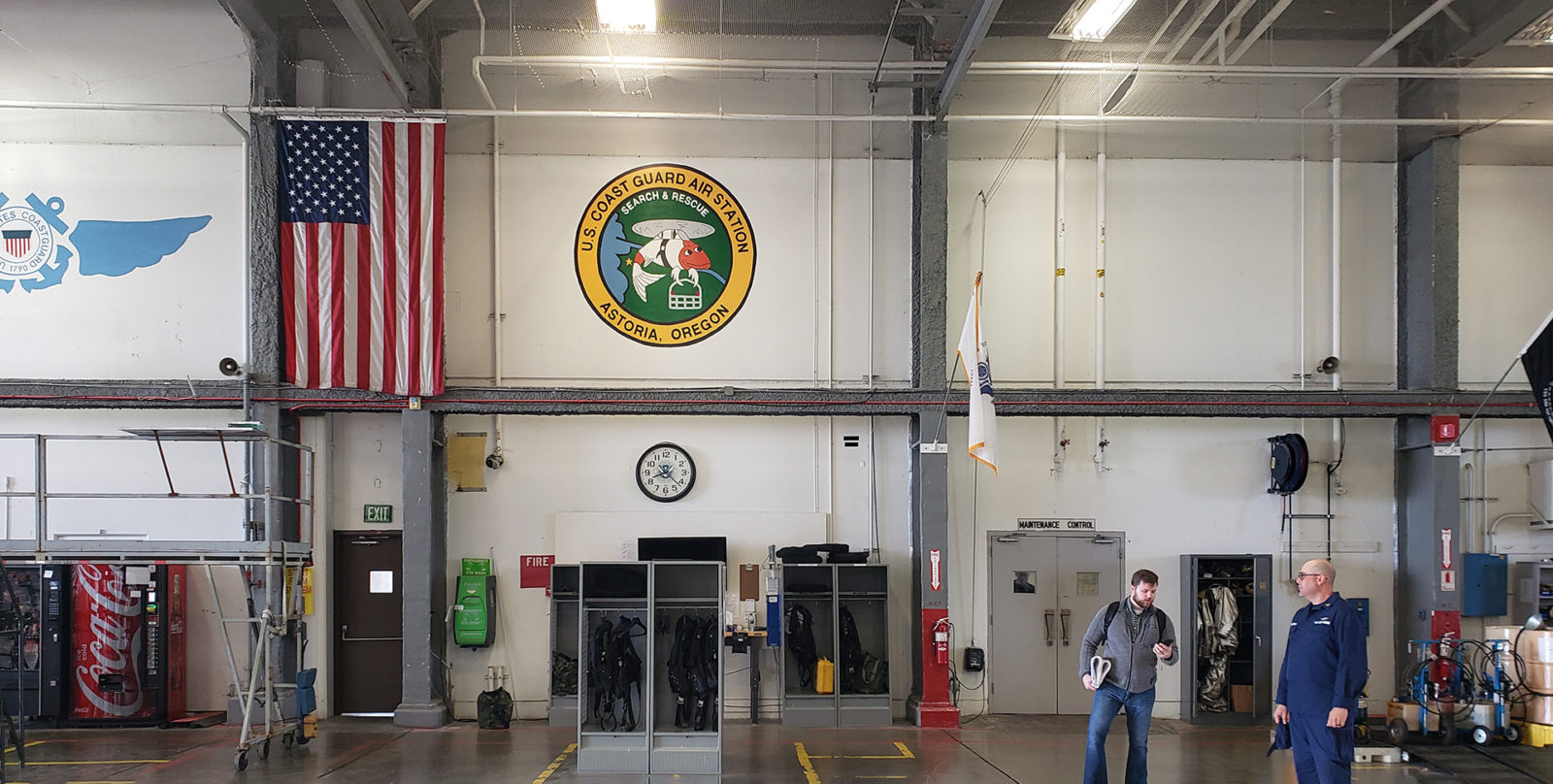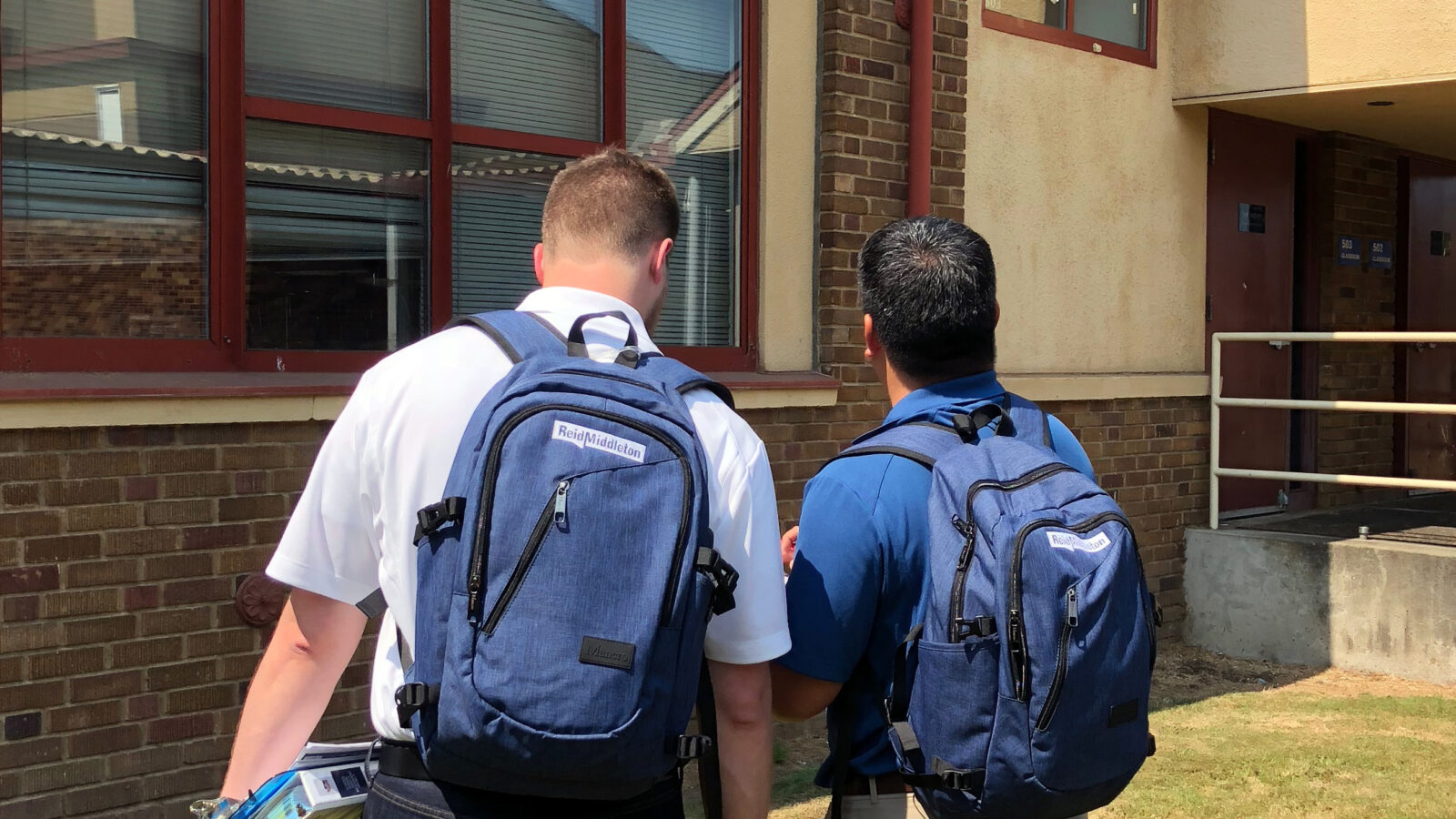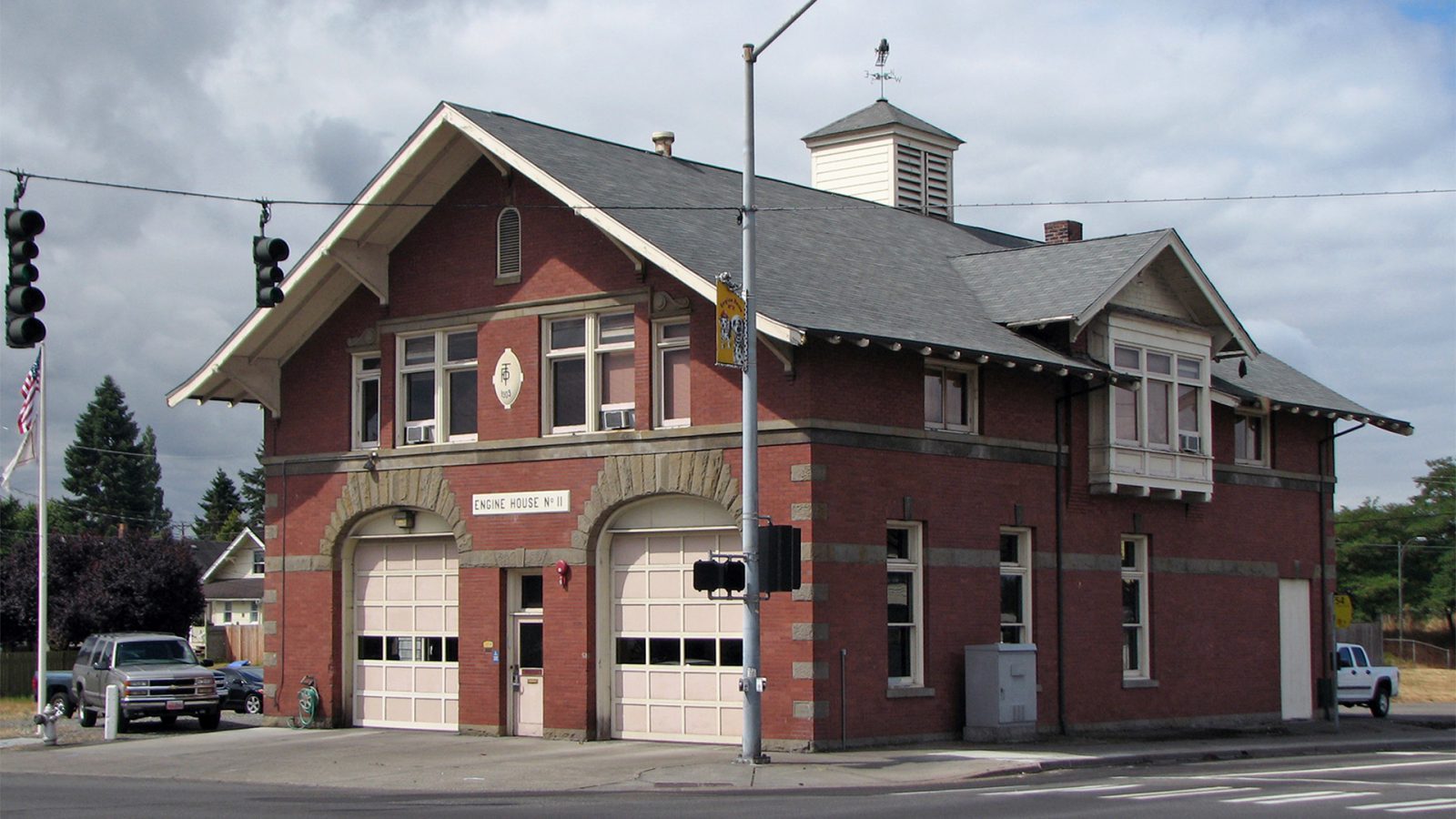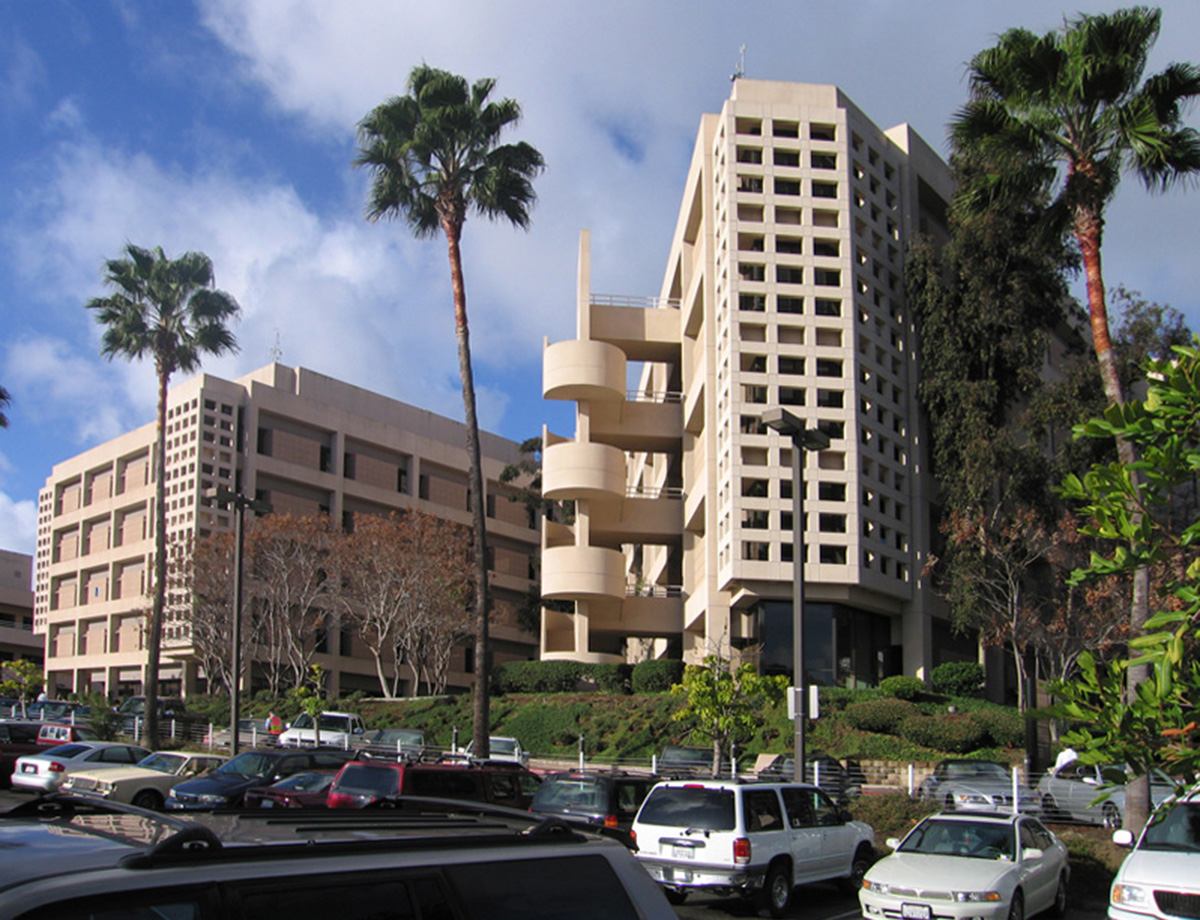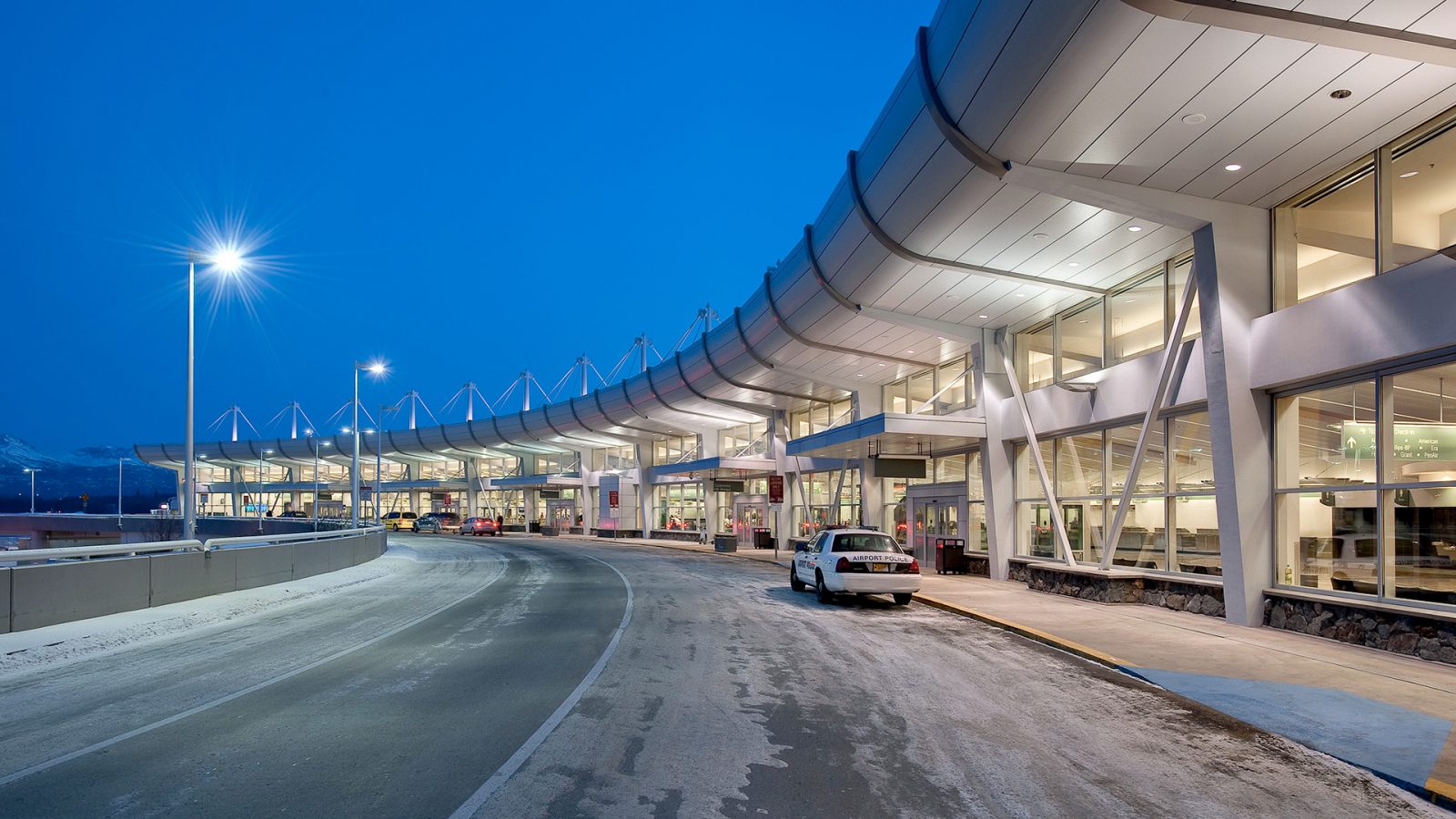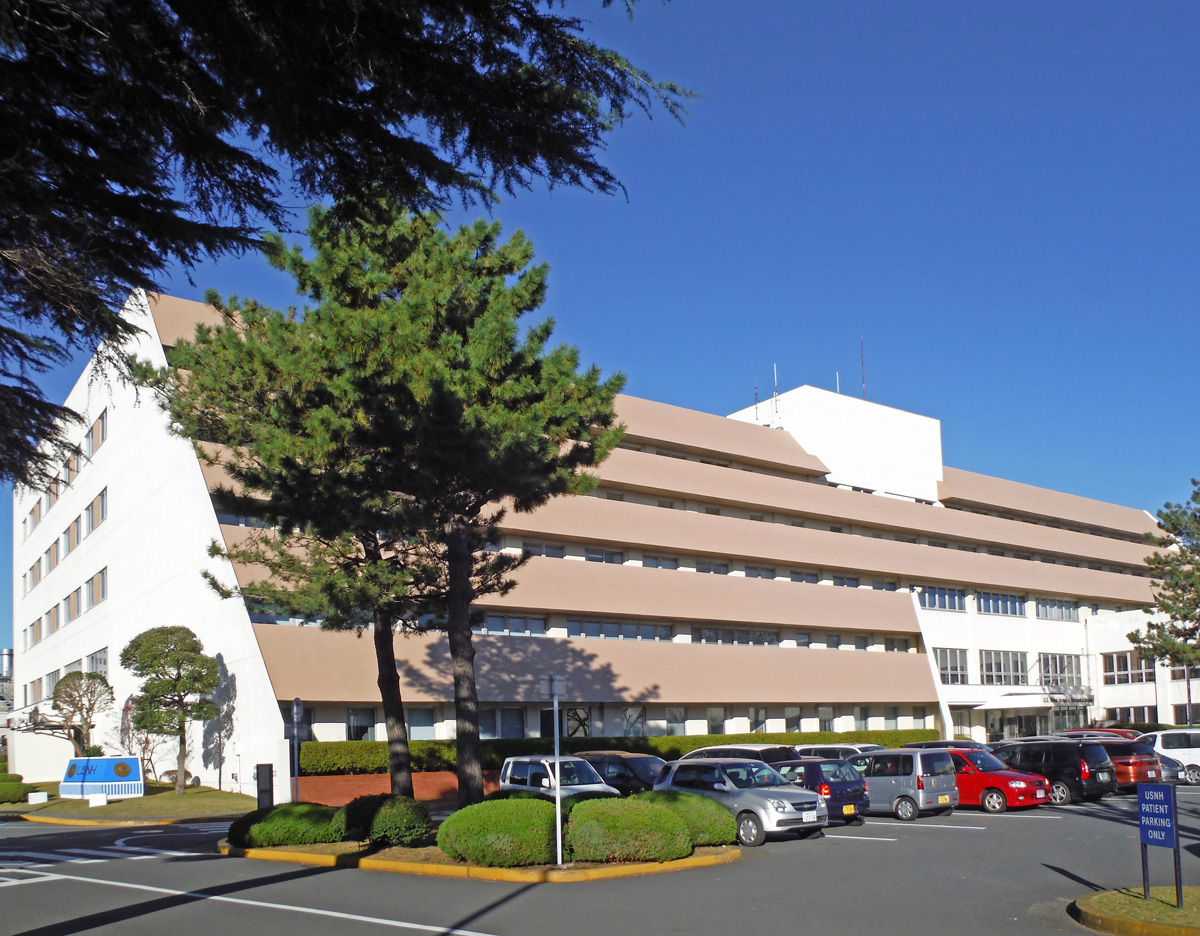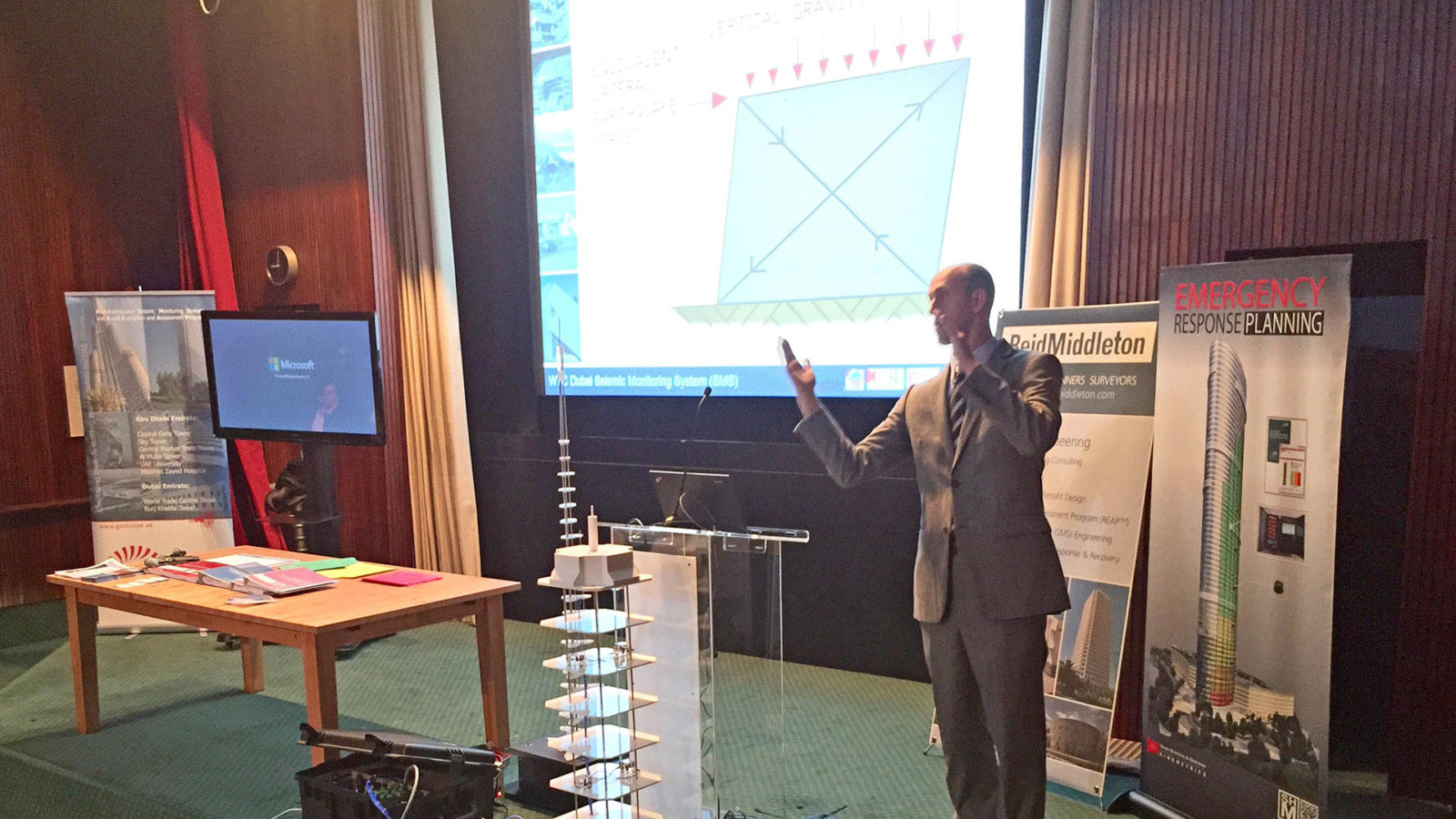
Seismic Engineering
Shaken, But Not Stirred - We Mitigate Risk
Earthquakes are an intense, very real, uncertain force that impacts the safety of our communities. In high seismic zones, the only certainty is when. To reduce the worrisome uncertainty regarding earthquakes, understanding the seismic risk of your structures is the first step, then the building can be upgraded to better withstand the shaking of an earthquake, reducing damage and preserving life.
Our structural engineers have been providing seismic engineering evaluations and upgrade/retrofit design for more than 25 years. Witnessing first-hand the complete destruction that earthquakes have caused around the world, our seismic engineers live and breathe seismic safety – their minds and conversations are filled with how to improve building performance during earthquakes with the aim of preserving lives and property.
Reid Middleton can help you understand and mitigate the seismic risk of your building(s). We customize our seismic engineering support to the needs and desires of the individual client. The range of our seismic engineering services we provide includes:
- ASCE Seismic Evaluation & Retrofit (Tier 1, Tier 2, Tier 3)
- FEMA 154 Seismic Screening
- Non-Linear Analysis & Design
- Retrofit Design
- Upgrade Design
- Construction Administration
- Seismic Damping
- Base Isolation
- Utility Seismic Engineering

